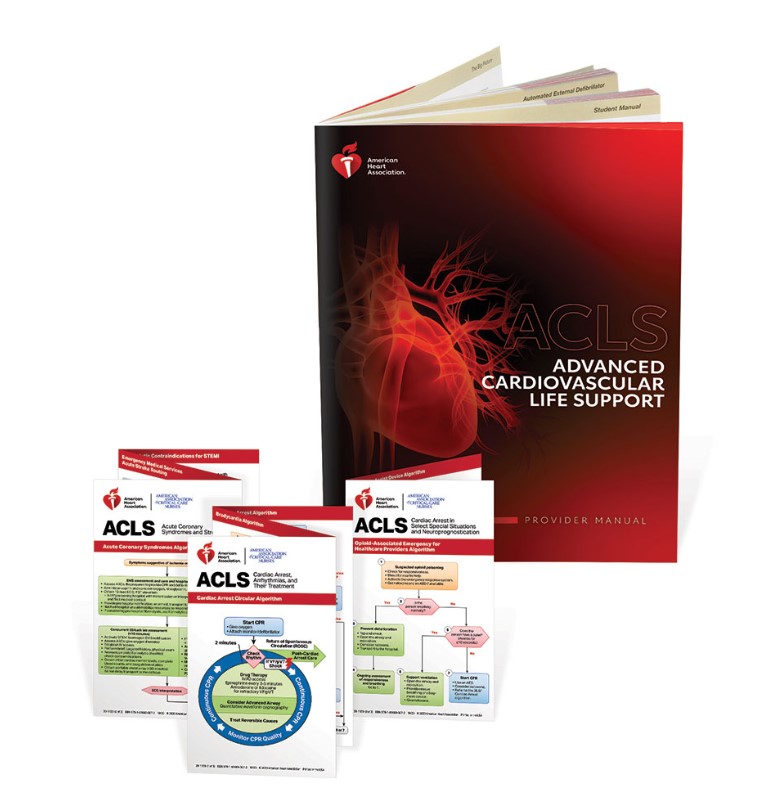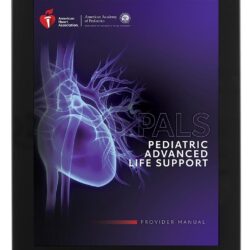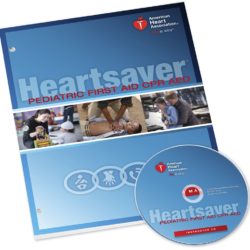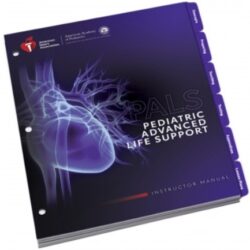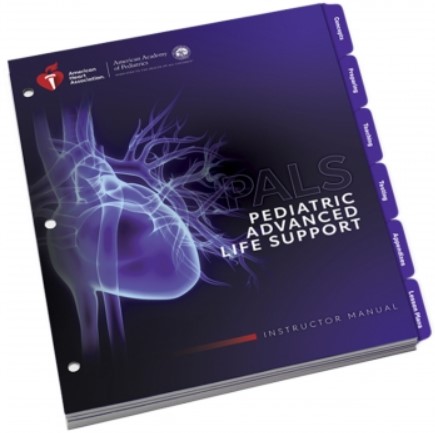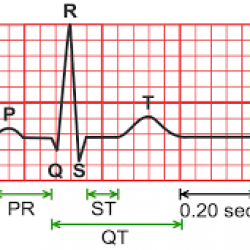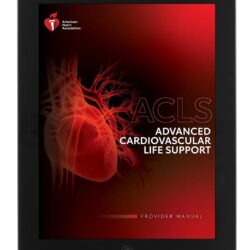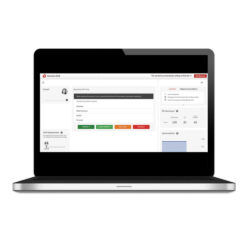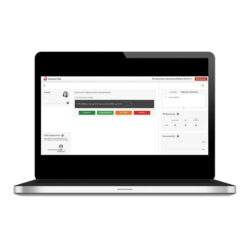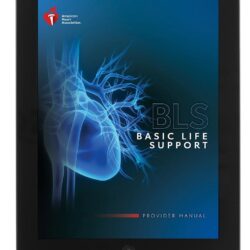AHA PALS Provider Manual
- Updated to reflect new science in the 2015 American Heart Association Guidelines for CPR & ECC
- Product replaces the #90-1052
- This classroom, Instructor-led course uses a series of videos and simulated pediatric emergencies to reinforce the important concepts of a systematic approach to pediatric assessment, basic life support, PALS treatment algorithms, effective resuscitation, and team dynamics
- Designed for healthcare providers who either direct or participate in the management of respiratory and/or cardiovascular emergencies and cardiopulmonary arrest in pediatric patients. This includes personnel in emergency response, emergency medicine, intensive care, and critical care units such as physicians, nurses, paramedics, and others who need a PALS course completion card for job or other requirements
The PALS Provider Manual is for use by a single student and provides information needed before, during, and after class. A code within the front cover of the manual provides students access to a website containing mandatory and supplemental information and reference materials, including the PALS Precourse Self- Assessment (must pass with score of 70% or higher), to help them successfully complete the course. Also includes a PALS Pocket Reference Card (#15-1046), 1 sheet of tab labels, 1 precourse preparation notification sticker and 1 precourse preparation checklist.
Upon successful completion of this course, students will be able to:
- Perform high-quality Child CPR AED and Infant CPR per AHA BLS recommendations
- Differentiate between patients who do and do not require immediate intervention
- Recognize cardiopulmonary arrest early and begin CPR within 10 seconds
- Apply team dynamics
- Differentiate between respiratory distress and failure
- Perform early interventions for respiratory distress and failure
- Differentiate between compensated and decompensated (hypotensive) shock
- Perform early interventions for the treatment of shock
- Differentiate between unstable and stable patients with arrhythmias
- Describe clinical characteristics of instability in patients with arrhythmias
- Implement post–cardiac arrest management
Pages: 368
ISBN: 978-1-61669-559-0
| Weight | 3.5 lbs |
|---|---|
| Dimensions | 8.75 × 10.375 × 1.5 in |

